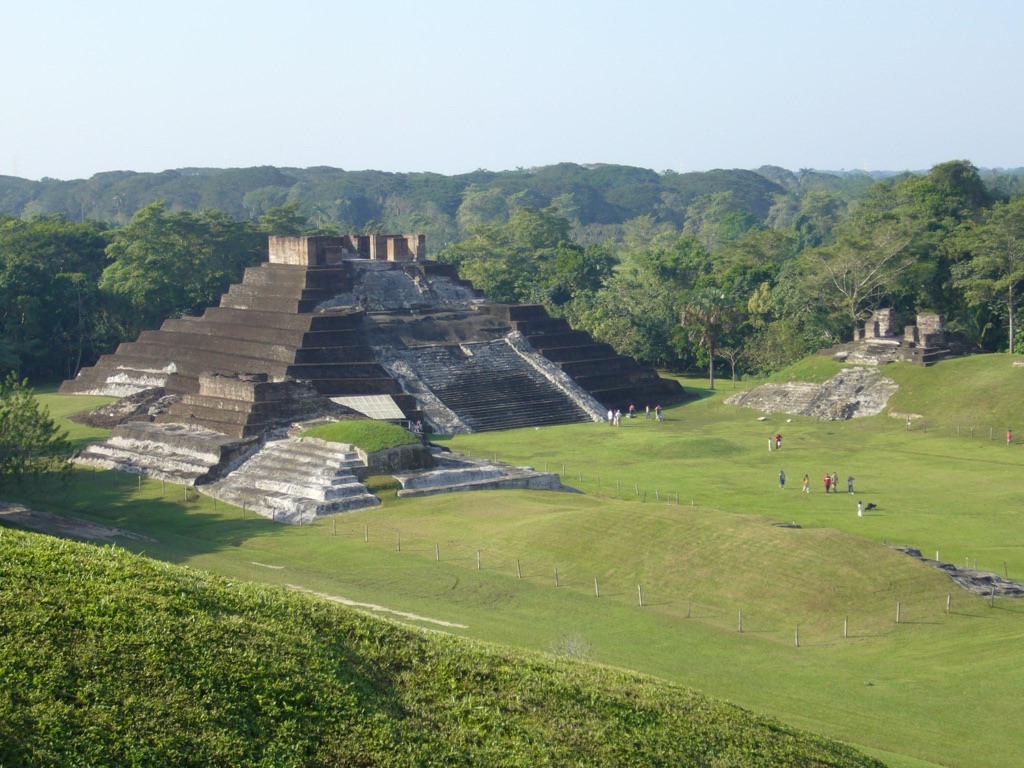Comalcalco: An Insight into the Westernmost Maya City
Comalcalco stands as a unique archaeological site within the Maya civilization, located in the State of Tabasco, Mexico. This ancient city, covering an area of 7 km², is distinguished by its construction materials and strategic location, offering a window into the life and culture of the Chontal Maya people.
Get your dose of History via Email
Etymology and Ancient Name
The name Comalcalco originates from the Nahuatl words “comalli” (comales), “calli” (house), and the locative “co,” translating to “At the House of the Comales” or “Place of the House of the Comales.” This nomenclature is attributed to the brick ruins resembling comales. The site’s ancient name, Joy Chan or Hoi Chan, meaning “round sky” or “clouded sky,” further enriches its historical identity.
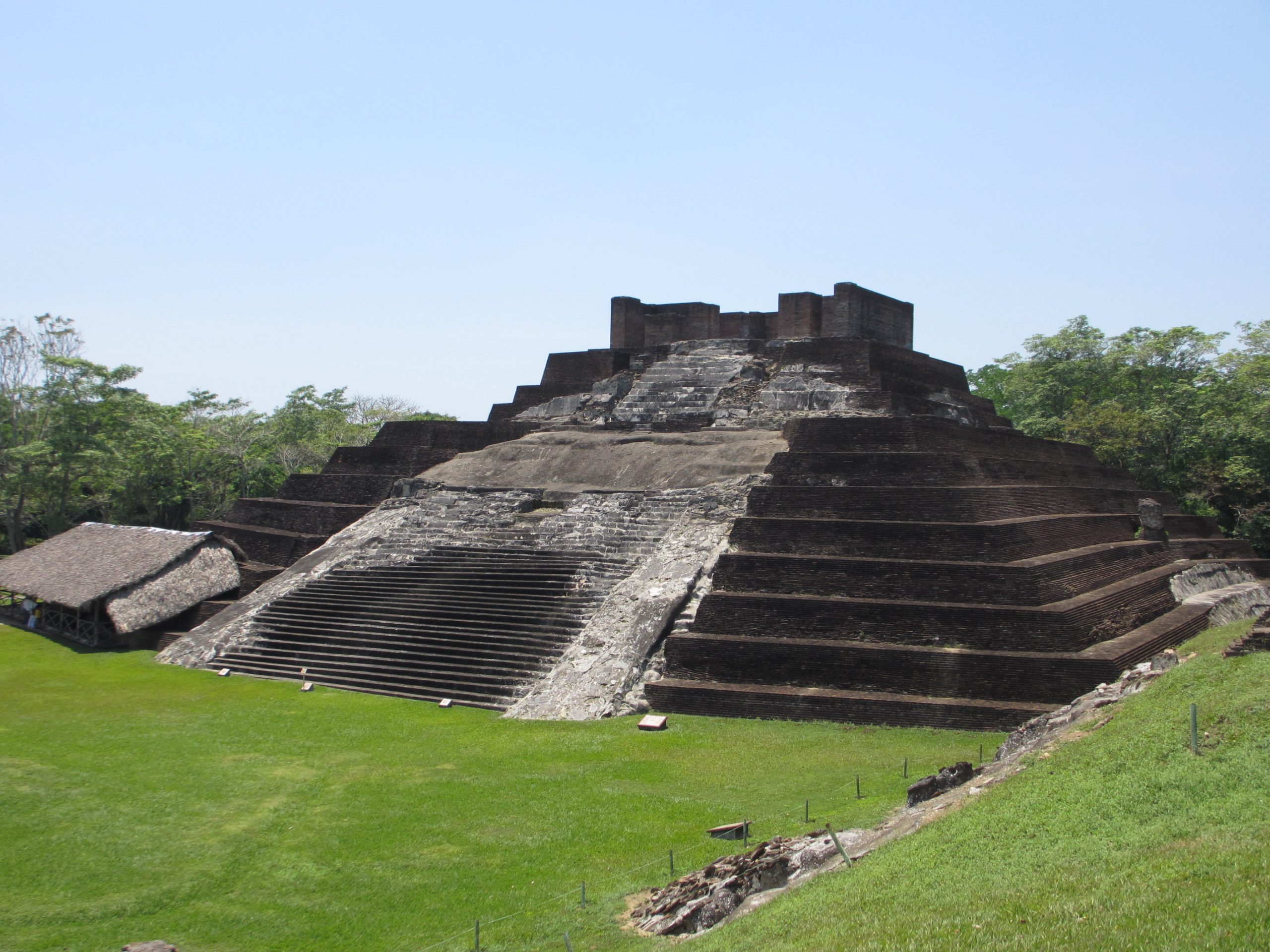
Strategic Location
Situated in the Chontalpa region, Comalcalco is nestled on an alluvial plain once veiled by evergreen rainforest and mangrove swamps. Its proximity to the Mezcalapa River positioned it as a vital trading link, connecting the Yucatán Peninsula with the Gulf Coast and the highlands of Chiapas and Guatemala.
Economic Significance
Comalcalco thrived as a center for cacao production and distribution, a commodity integral to the Maya economy. The city’s strategic location on the Mezcalapa River facilitated its role in regional trade networks.
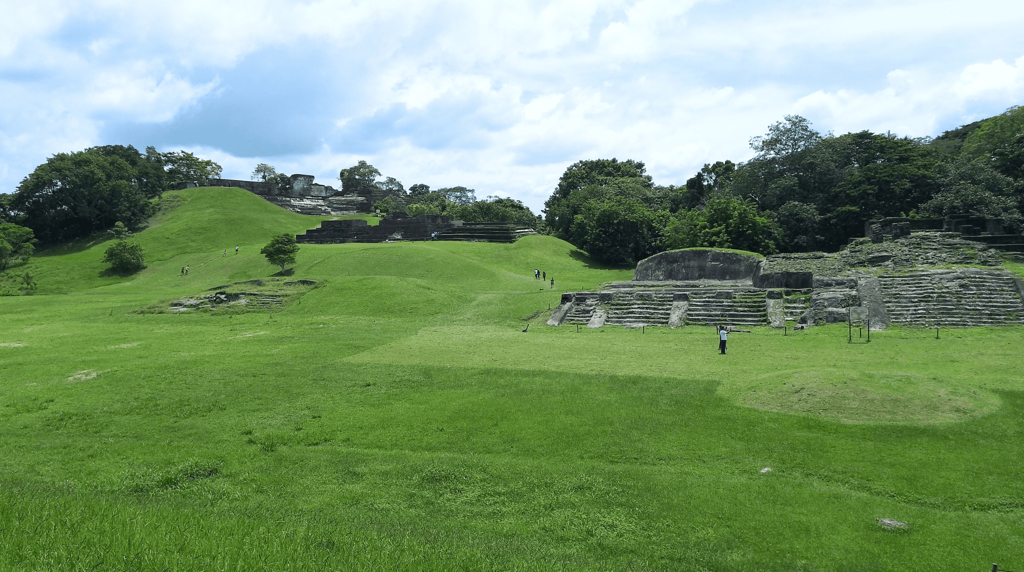
Pottery and Figurine Production
Between 600 and 1000 CE, Comalcalco emerged as a significant center for clay figurine production. The discovery of identical clay molds and figurines, along with tools and kilns, suggests a standardized mass production process. These figurines, differing in representation between ceremonial and residential areas, highlight the city’s artistic and commercial endeavors.
Historical Overview
Comalcalco reached its zenith around 500 CE, with evidence of habitation predating this period. The city’s history is marked by its only known ruler, Ox Balam, and its eventual decline around 1000 CE, possibly influenced by severe droughts.
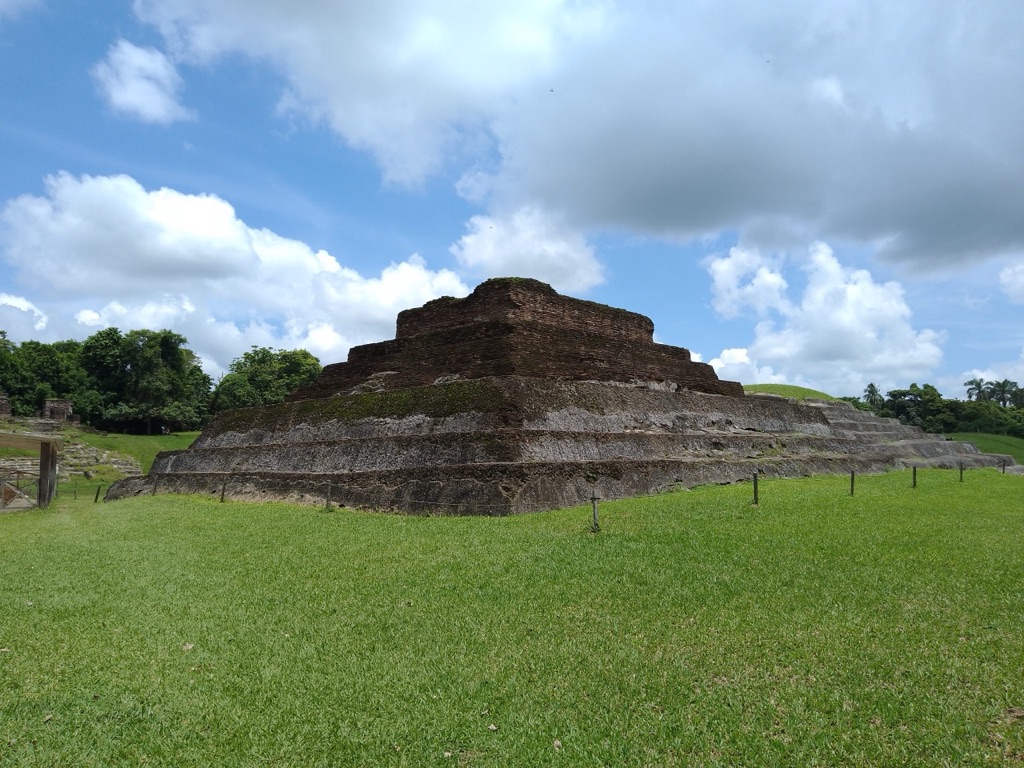
Modern Discovery and Excavation
The ruins of Comalcalco gained attention following Désiré Charnay’s 1880 visit. Subsequent excavations throughout the 20th century, led by notable archaeologists, have significantly contributed to our understanding of the site.
Architectural Uniqueness
Comalcalco’s most distinctive feature is its use of fired clay bricks, a deviation from the limestone construction typical of Maya sites. This choice of material, along with architectural similarities to Palenque, suggests a complex cultural and political relationship with other Maya cities.
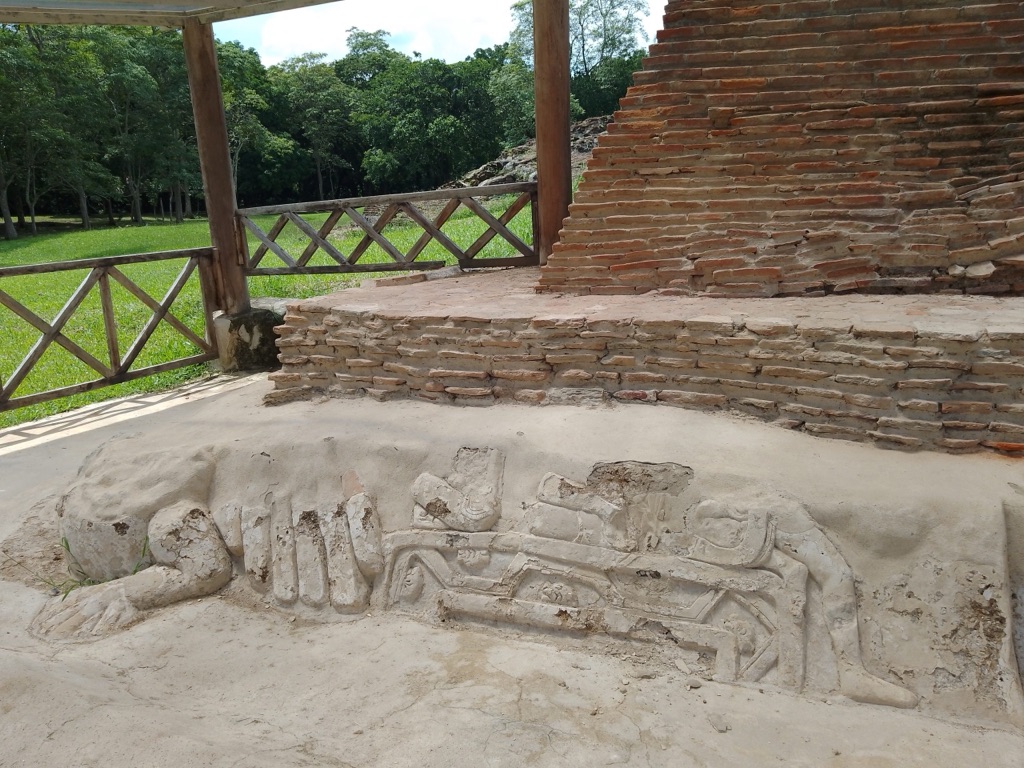
Ceremonial Core and Residential Areas
The site comprises 432 structures, including temples, administrative buildings, and elite dwellings. The ceremonial core, featuring the North Plaza, East Acropolis, and Great Acropolis, showcases Maya architectural elements such as terraces, temples, and plazas. Residential areas, constructed from perishable materials, extend beyond this core.
Significant Temples and Structures
Temples I, II, and III, along with the Great Acropolis and the Palace, stand as testaments to Comalcalco’s architectural and religious significance. These structures, adorned with well-executed stucco decorations, reflect the city’s artistic achievements and religious practices.
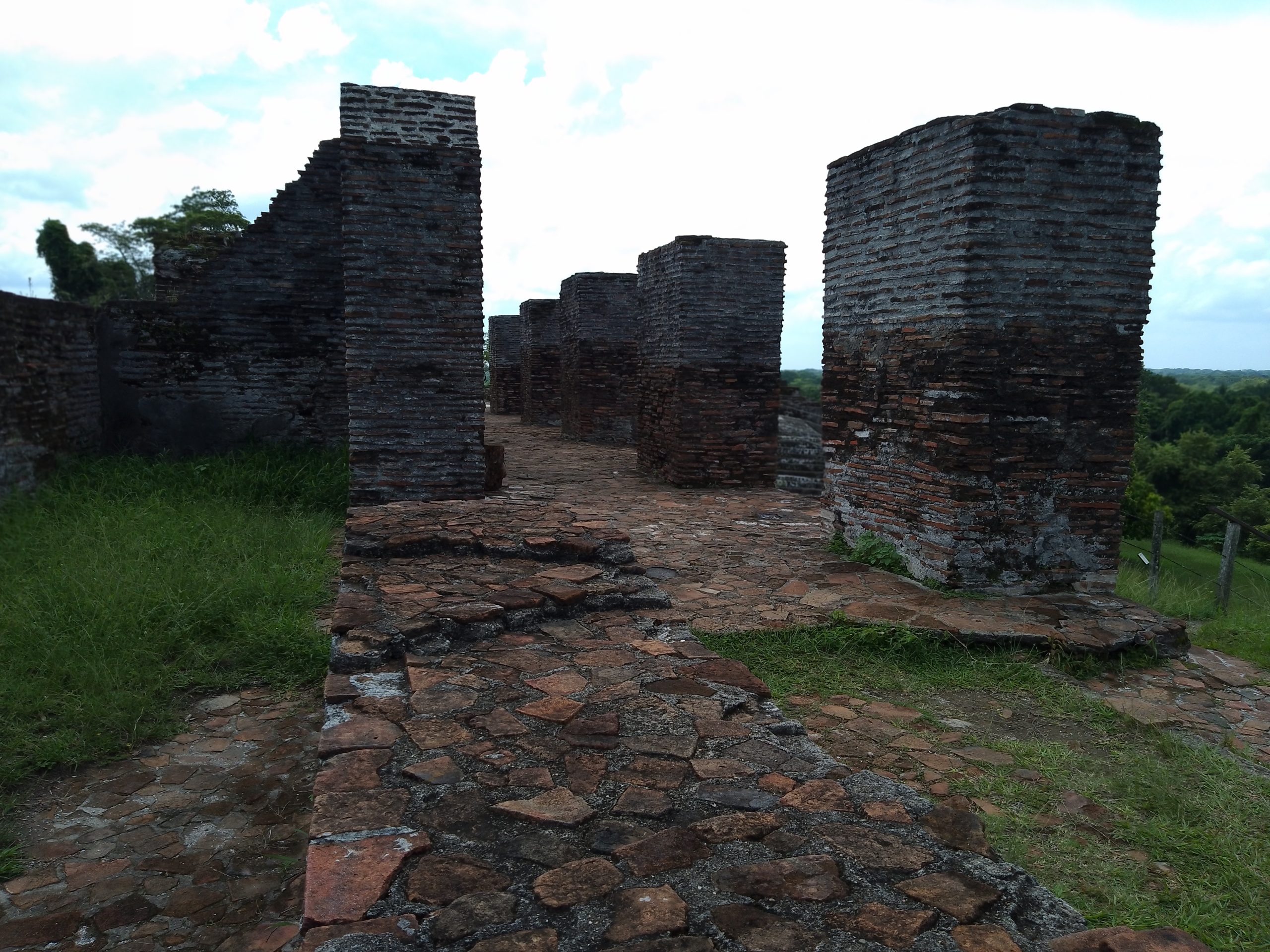
Burials and Funerary Practices
Excavations have uncovered significant burial sites, including the largest burial ground found in the region to date. These findings, revealing practices such as cranial deformation and tooth incrustation, offer insights into the social hierarchy and cultural practices of Comalcalco’s inhabitants.
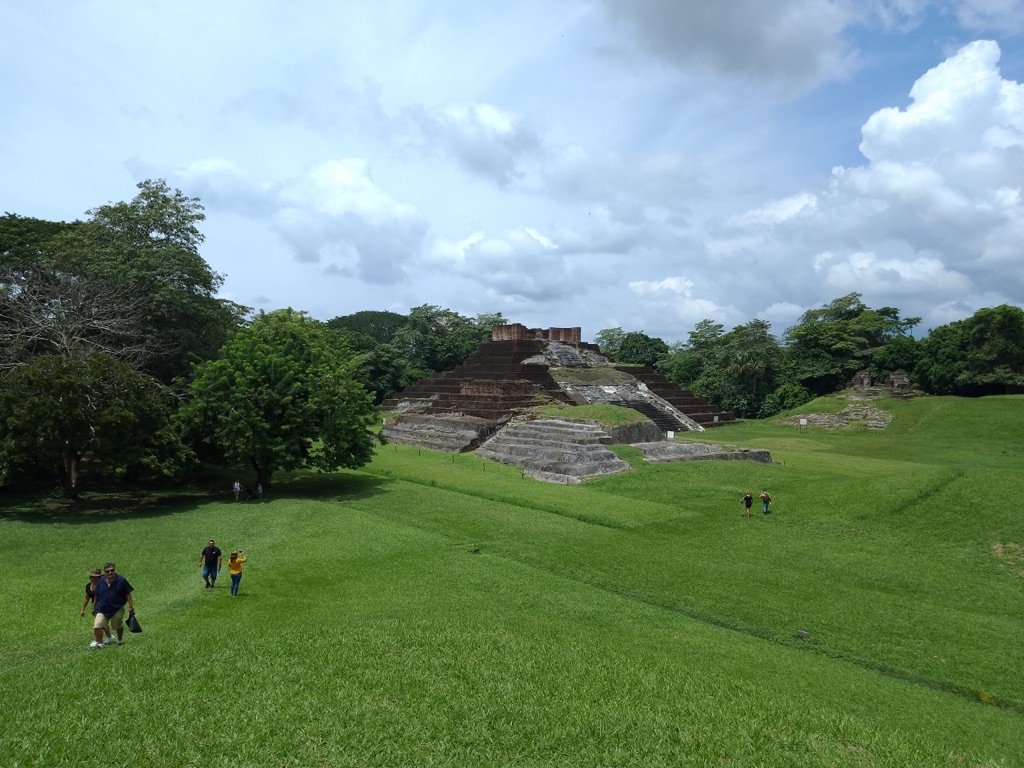
Conclusion
Comalcalco occupies a unique place in Maya archaeology, distinguished by its brick construction, strategic location, and rich cultural heritage. Ongoing research and excavation continue to unveil the complexities of this ancient city, contributing to our broader understanding of the Maya civilization.
Sources:
Wikipedia

